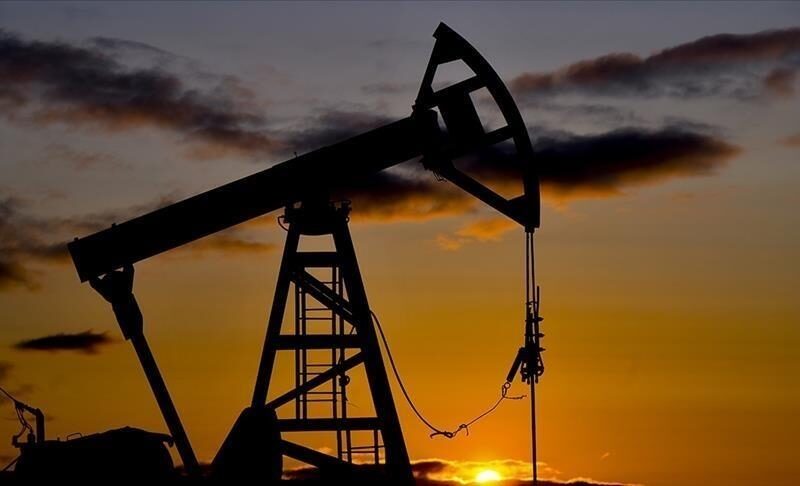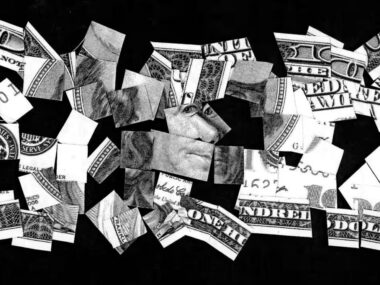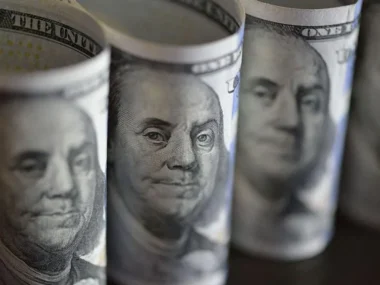Investors are alarmed by Israel’s decision to rule out the idea of a cease-fire for the time being.
After the US Federal Reserve (Fed) decided to keep interest rates unchanged, oil prices rose in early trade on Friday as a result of a declining dollar, allaying investor anxieties in the financial sector.
At 10.17 a.m. local time (0717 GMT), the price of international benchmark crude Brent was $87.01 a barrel, up 0.18% from the closing price of $86.85 a barrel on Thursday.
West Texas Intermediate (WTI), the benchmark for the United States, was up 0.46% from Thursday’s closing price of $82.46 a barrel to $82.84 at the same time.
A much-anticipated interest rate hike was averted by the Fed’s decision to maintain the federal funds rate between the 5.25% to 5.5% target range, which caused the dollar to decline in favor of rising oil prices.
The federal funds rate is still at its highest point in 22 years, even though the Fed has refrained from hiking interest rates for the third time this year, having done so in June and September.
In the meantime, supply issues brought on by the Israeli-Palestinian conflict continue to influence oil prices.
Oil prices rose on Thursday as investors became more concerned about the security of supplies and the Israeli army’s suggestion that there won’t be a cease-fire for the time being.
In a press conference carried by the Israeli Broadcasting Authority, Israeli army spokesman Daniel Hagari declared, “The army has completed the siege of Gaza City, which is considered the epicenter of Hamas.”
Hagari emphasized, “A cease-fire is not on the table at this time.”
Nonetheless, upward price pressure was restrained when the US commercial crude oil stocks increased by 0.2% in the week ending October 27, according to a report released by the Energy Information Administration (EIA) on Wednesday.
The American Petroleum Institute had predicted a gain of about 1.3 million barrels, but the statistics showed that US stockpiles increased by almost 800,000 barrels to 421.9 million barrels.











